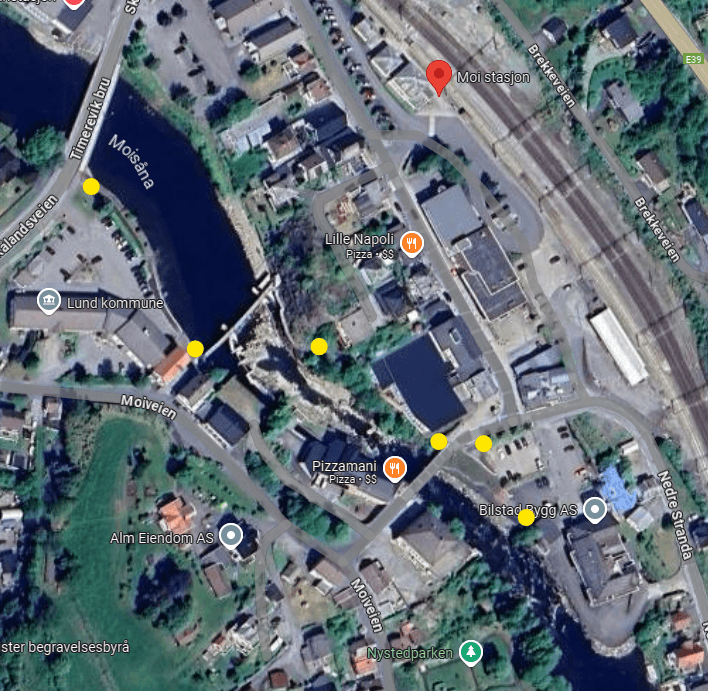
Welcome to the Culture Trail in Lund Municipality - a journey through industry, nature and vitality!
From the sound of the blacksmith's hammer and the smell of fresh slaughter at Brufossen, to the lathes, leather factories and furniture factories that put Moi on the map. You'll get an insight into the NorDan adventure - from a small wood products company to a European industrial giant - and you'll learn how hydropower and creativity laid the foundation for growth throughout the municipality. The culture trail can also end with nature experiences and stories from the dramatic and beautiful landscape of Drangsdalen.
This is a walk suitable for young and old, locals and visitors alike - for anyone who wants to understand how natural resources, human ingenuity and labour have shaped society here in the heart of Dalane.
Welcome to a journey of discovery through Lund's history - step by step, item by item.
Read more about Kulturstien in Lund here
The culture trail online
Here, you can take a deep dive into the host theory told in the story, online.
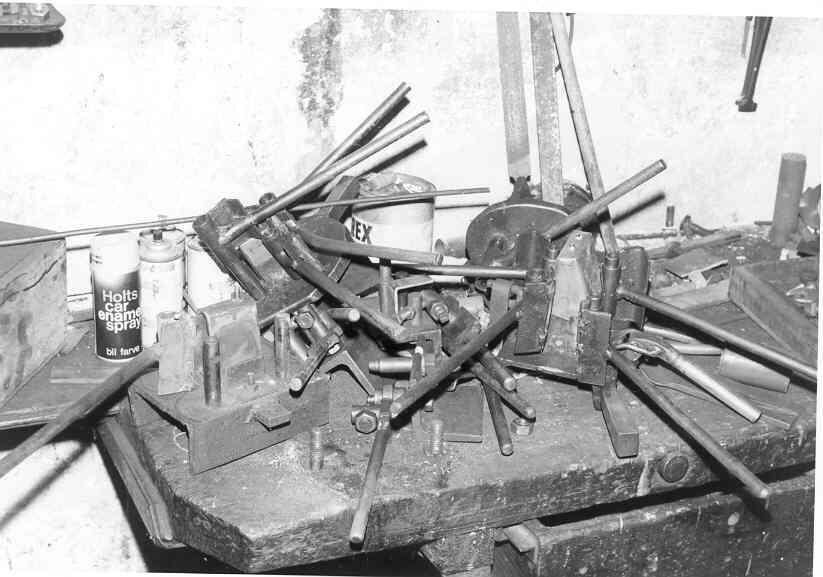
Butchers and blacksmiths
Below the old bridge there were several slaughterhouses and forges. The waterfall in Brekkebekken and Brufossen provided energy for the machines. Moen Bjøllefabrikk's forge and factory are located at Haukland.
Read more
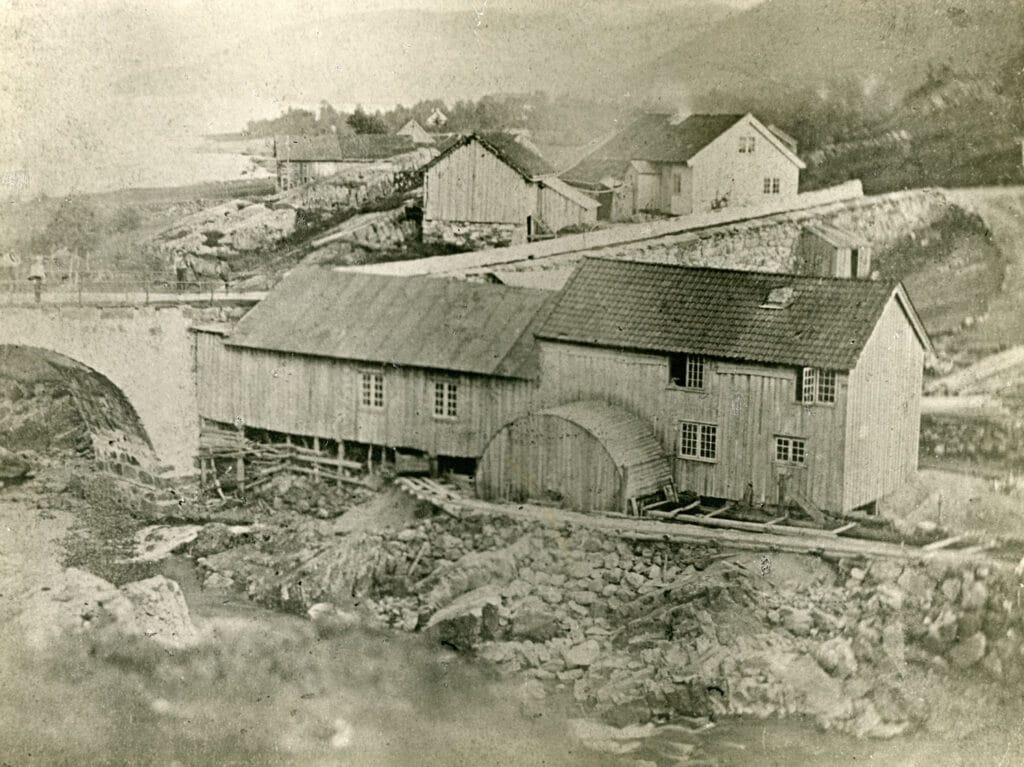
The wood products industry
There were countless turning shops, furniture factories and other industries in Lund. A few large ones with dozens of employees and some smaller ones with only 2 - 5 workers. Under this tab you will also find some other companies (such as the chalk factory) that were very special and in many ways unique.
Read more
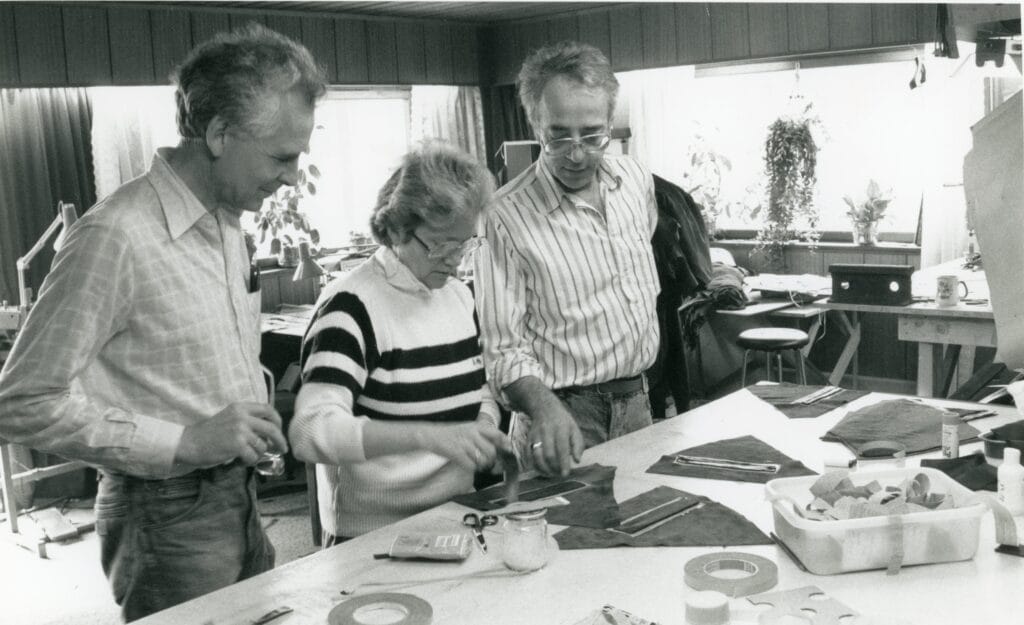
Leather clothing and wallets
In the period from the mid-1920s, and not least after the Second World War, many businesses were started producing everything from gloves, soles and wallets to Alexander's large-scale production of leather clothing.
Read more

From small industry to group
The development of NorDan from the small company Fjeldhammer Trevarefabrikk via Johannes Rasmussen is an adventure. Today, the window factory is dominant in Norway and large in a European context. In 2024, NorDan has 12 factories in Norway, Poland, Lithuania, Denmark and Sweden. Sales are approaching NOK 5 billion and the company employs almost 2,500 people. Competitor Gilje Door is also very important to the Lund community and helps to preserve Moi's rich woodworking traditions.
Read more
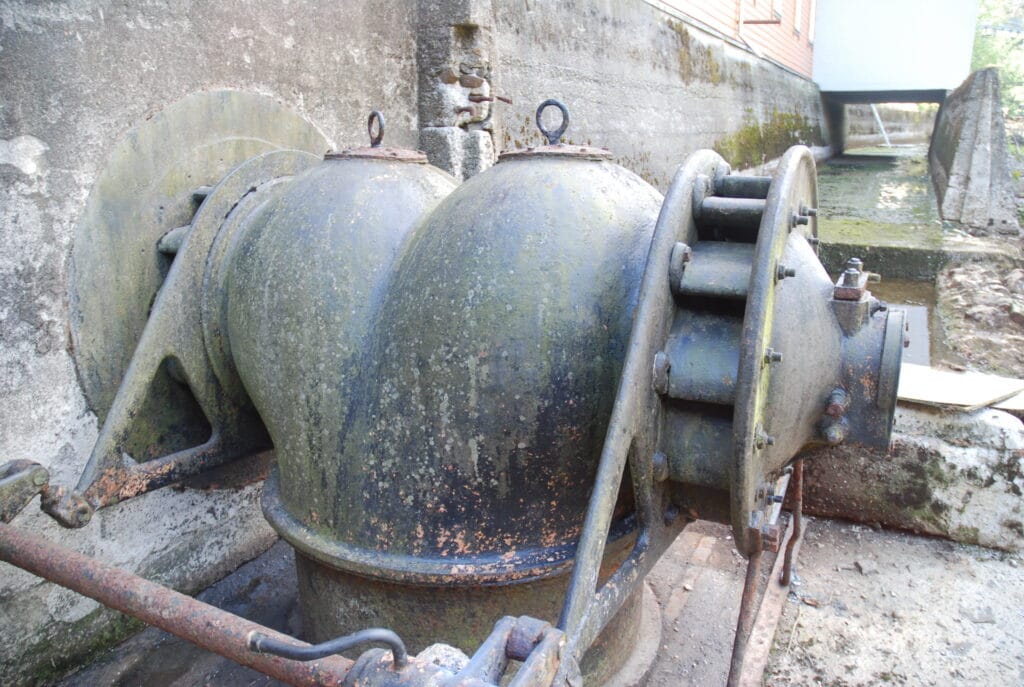
Energy and power plants
In Lund, there were more than 30 small power stations spread across the waterways in both the old Heskestad municipality and the former Lund. In Heskestad, the inventor and technical genius Endre Omdal was among the first to build a power station in 1905. At Moi, Kvernfossen power station in Moisånå, built in 1911, was the first. Beyond Strannen, there were many small power stations. In Hovsherad, it was Christian Østrem who rebuilt Surdal Rokkefabrikk (1922) and Espeland Skofabrikk early on.
Read more

Life in and around the waterfall
Moi bridge was built in 1844 and since then a lot of activity has taken place at Brufossen. Life in the waterfall is also interesting.
Read more
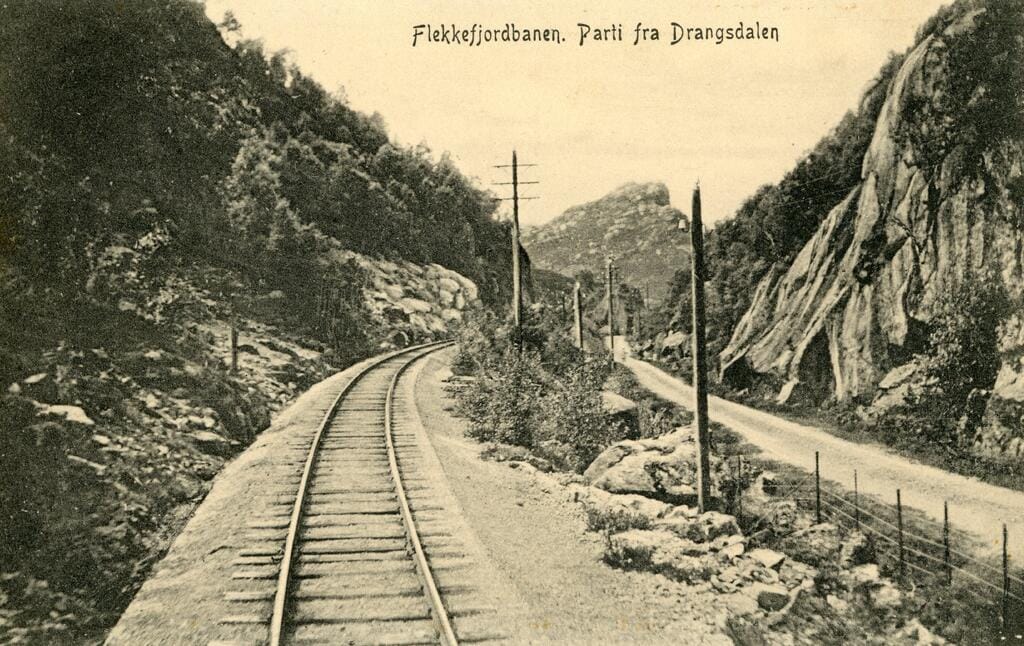
Drangsdalen
Drangsdalen is a special piece of Norway with great nature. In many ways, tourists here encounter a Norway in miniature. Many historical events have taken place here, both good and bad. You can read more about all this in the texts below. Most people associate Drangsdalen with train journeys, where the train winds its way through the valley because of the danger of landslides. But the scenery is overwhelming and on a good day you can see golden eagles soaring majestically over the steep valley sides.
Read more
